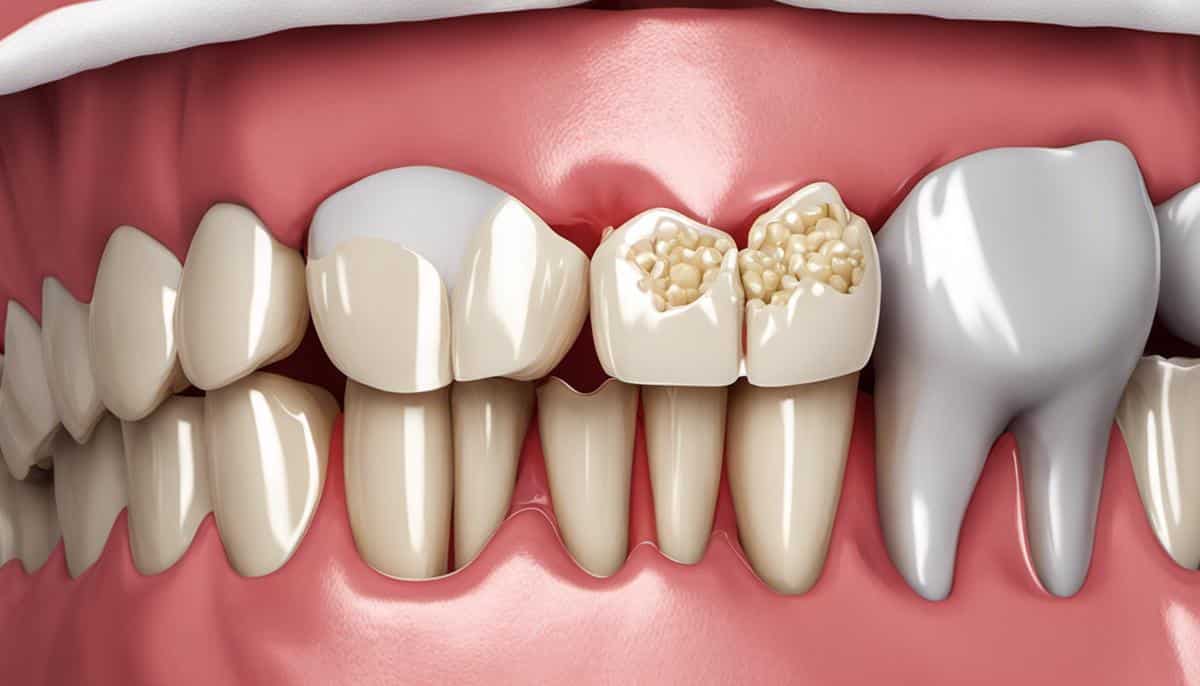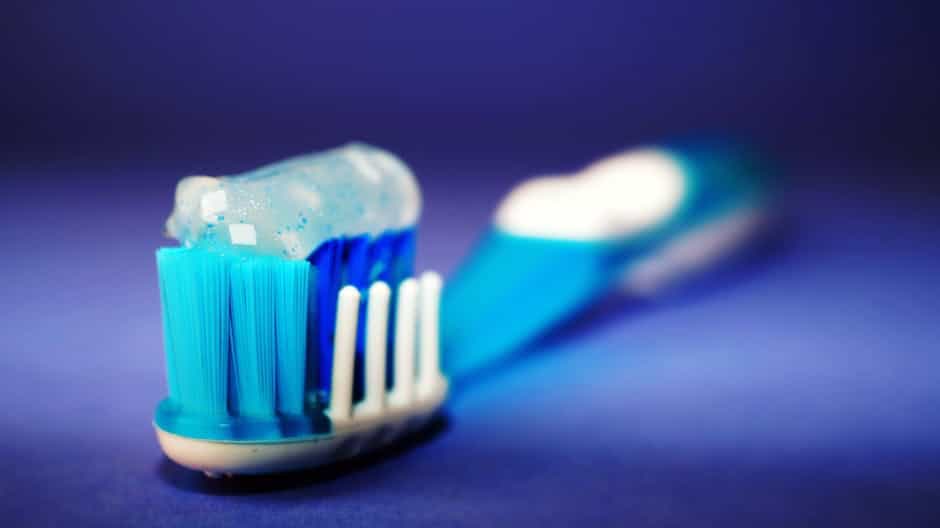
25 Oct Understanding Dental Sealants: A Comprehensive Study
The health of our teeth plays a crucial role in our overall well-being, with cavities and tooth decay posing significant health risks if left unchecked. One effective measure to combat these issues is the use of dental sealants – a protective layer applied to the chewing surfaces of our teeth. Their functionality, while complex, is primordial in preventing tooth decay, particularly on back teeth where cleaning can prove challenging. Furthermore, understanding the application procedure of dental sealants provides a comprehensive insight into how these tools function, allowing for an increased appreciation of each step involved, from the initial tooth preparation to the final phase of light curing.
The Functionality of Dental Sealants
Dental Sealants: Essential Function and Purpose in Dentistry Practice
Dental sealants, designed and used for the meticulous purpose of preemptive oral care, have transformed the landscape of dental health practice. Classified as preventive dental care, they serve as robust barriers, stopping the insidious advance of tooth decay and cavities before their onset.
Sealants are predominantly made of a plastic resin, efficiently bonding to the tooth’s surface. They are mainly applied to the fissures and pits of molars and premolars – yielding prime real estate for bacterial invasion. These hard-to-reach areas of the mouth are most susceptible to tooth decay due to regular accumulation of planktonic bacteria; the kind that readily adheres to the oral tissue and form biofilms, leading to demineralization and eventually, cavities.
The primary function of dental sealants then, becomes evident – serving as physical barriers preventing plaque build-up. They smoothly cover the crevices of the teeth, restricting the bacterial congregation. Consequently, sealants play an instrumental role in reducing the risk of tooth decay, particularly in children and teenagers, during the caries-prone years.
Further, sealants also demonstrate an economic function in the wider perspective of public health. In addition to oral healthcare benefits, the economical cost-effectiveness of dental sealant application must be lauded. By advocating preventive care and inhibiting the onset of cavities, dental sealants allow avoidance of costlier restorative treatments that can occur from severe tooth decay.
The preventive measure of using dental sealants occurs in a simple and painless procedure. Applying sealants does not require drilling or removal of tooth structure, setting it apart as a non-invasive method. It starts with the cleaning of teeth, following which the sealant material, once applied, hardens under a special curing light. This swift process characterizes dental sealants as feasible protective measures in dental practice.
It is necessary to note the reliability of sealants and their longevity. Dental sealants, when appropriately applied, can last for several years before a reapplication becomes essential. However, regular dental check-ups are vital to verify the sealant’s condition and integrity.
Dental sealants hence benchmark an improved approach to preventive dentistry, highlighting the power of preemptive care in maintaining optimum oral health. Their ability to inhibit tooth decay, alongside being economical and non-invasive, elicits their essential role in dental practices. They stand testimony to the value derived from understanding dental anatomical challenges and materializing solutions to combat them. They rally as an indispensable tool, contributing to the broader aim of global dental health commitment and vigilance.

The Application Procedure of Dental Sealants
The Systematic Pathway to the Application of Dental Sealants
Dental sealants have prevailed as a cornerstone of preventive oral care, showcasing their formidable efficacy in impeding plaque accumulation and the subsequent onset of tooth decay. Cementing this crucial role is a procedure that is both non-invasive and devoid of discomfort, nestling in the hearts of practitioners and patients alike. It is, therefore, necessary to journey across the procedural pathway of applying dental sealants, a series of meticulously systematized steps, demonstrating the marriage of scientific rigor and clinical finesse.
Initiating this journey is the ever-important first phase, aptly termed patient assessment. Beyond the customary dental examination, this phase encompasses a comprehensive evaluation – enquiring into the history of tooth decay, identifying high-risk individuals, and detecting pits and fissures on absolute caries-free teeth. Recognizing these tooth configurations is critical, as dental sealants offer their protective services most optimally in these crevices.
Following this precise identification, the tooth receiving the sealant undergoes thorough cleaning – the objective is to rid it of any residual debris and plaque. Reinforcing the pursuit of an immaculate tooth surface, the application of non-fluoridated pumice, in gentle circular movements, facilitates further cleansing. This is succeeded by a rinsing and drying regimen, employing air or cotton rolls, yielding a clean, moisture-free tooth – the perfect canvas for the dental sealant.
The benefits reaped from the sealant depend significantly on its adherence to the tooth surface. Enter conditioning- the tactical weapon of this process. A mild acid solution, often phosphoric acid, etches the enamel and creates micro-porosities, enhancing the sealant’s bonding capacity. Post-rinsing and drying, the careful observer would notice an enhanced enamel texture – rough, frosty, and primed for the sealant.
Unfolding now is the triumphant symphony – the application of the dental sealant. Typically ushered in a liquid or semi-liquid state, sealants navigate the topography of the tooth, nestling into the etched pockets, basking in the comfort of the pits and fissures. It then waits; its destiny interlaced with the passage of time – the hardening transition.
The silhouettes of this transition vary. It could be a self-cured polymeric reaction, which, once set into motion, continues its course without external intervention. Alternatively, a photo-initiated polymerization may be opted for, necessitating an ultraviolet or visible light source. Whichever the chosen method, the result is the dream actualised – a hardened dental sealant, hugging the contours of the tooth, reinforcing its surface, and banishing the onset of unwelcome decay.
Coronal polishing is the final note in this orchestrated series – the removal of excess sealant, curbing any unwanted extension into the interproximal surfaces. The aim here is not just aesthetic; it minimizes bacterial accumulation – hence, complementing the sealant’s preventive role.
Completion of these procedural steps escorts us to the realm of an invaluable clinical stalwart- regular follow-ups. From checking sealant integrity to repairing lost or damaged sealants, these appointments ensure that the protective shield remains inviolable – a necessary clause to the sustained success of a sealed tooth.
Understanding the procedural nuances of applying dental sealants is an exercise in appreciating the simplicity that accompanies complexity, the science steeped in procedure, and the art nestled in protocol. These successive steps, no less a dance sequence, travail a path that leads to a universally loved destination – preventive oral health, devoid of the horrors of tooth decay.

Benefits and Potential Risks of Dental Sealants
Despite the myriad benefits already elucidated with regard to dental sealants such as their role in curbing plaque accumulation and dental caries, their cost advantages, non-invasiveness, durability, and their positive contribution to preventive oral care, it bears critical examination to explore potential risks and drawbacks associated with their use, however minimal they may be.
Bisphenol A (BPA), a commonly used compound in the manufacturing of numerous plastics and resins, has been of notable concern as it is often present in dental sealants. A part of the concern arises from studies that hint at the potential harm it could cause in animal models. The exposure of BPA reportedly happens during the first few hours post sealant application; however, recent advancements in the industry have been leaning towards BPA-free sealant alternatives.
Next, while the application process is typically painless, some individuals may experience a mild discomfort or sensitivity post-procedure. This is typically transient and cease to be of a concern after a short period.
Another variable worth considering is the durability of the sealants. Though generally reliable in the initial years, with time, they may wear thin or chip, requiring regular inspections for any necessary repairs. The potential for minute fragments to dislodge and to be inadvertently ingested or inhaled could represent a concern, although this is considered a rare occurrence.
It is also important to recognize that while dental sealants offer a substantially robust barrier against tooth decay, they simply form one part of overall oral health care. Adherence to proper oral hygiene such as regular brushing and flossing is instrumental in keeping dental disease at bay, and sealants are not to be misconstrued as a substitute for such practices.
Finally, the fact that dental sealants are primarily applied to the molars and premolars might lead to a misconception that the rest of the teeth are invulnerable to decay. Such an assumption could consequently lead to laxity in maintaining thorough oral hygiene.
In parting thought, it is essential to state that the benefits offered by the use of dental sealants substantially outweigh the potential risks involved. The American Dental Association, American Academy of Pediatric Dentistry and many other globally recognized dental bodies continue to heavily endorse their use. Dental sealants, rightly so, continue to be a vanguard in preventive dental care, offering a strong defense in averting the potential burden associated with dental restorative procedures.

While the benefits of dental sealants are numerous, it’s also essential to recognize the potential risks or debates surrounding its use. Even so, the tangible and intangible benefits they bring to oral health cannot be understated. Sealants are crucial in preventing tooth decay, offering a degree of protection that regular oral hygiene practices may potentially miss. However, keeping in mind the potential risks associated with them allows for an informed approach towards maintaining optimal oral health, ultimately benefiting us in the long run.


Sorry, the comment form is closed at this time.